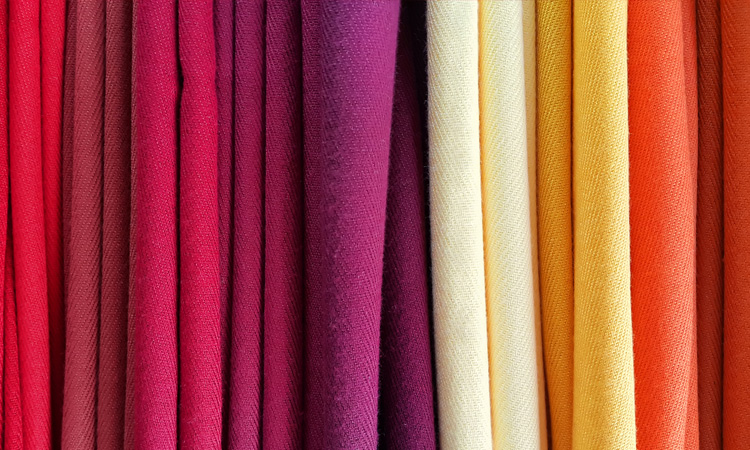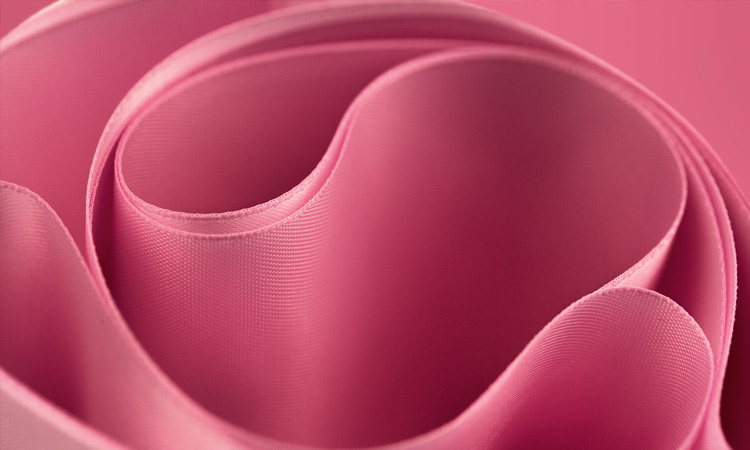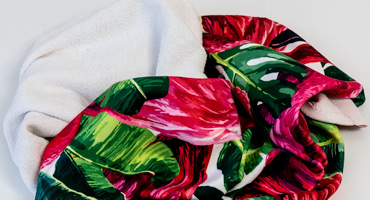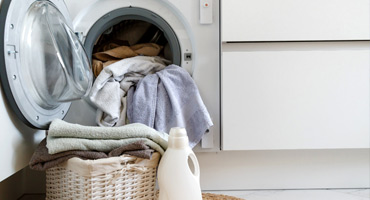In previous posts we have discussed how fiber and yarn can affect the selection of the right material. Now we will discuss the weave of the fabric. Weaving can be a fairly simple or more complex process, depending on the thickness of the yarn, the count of threads, the tightness of the weave and the way in which the warp and weft are interwoven. To change the weight of the fabric or to make the fabric more opaque or transparent can be achieved by changing the weight of the yarn, the type of fiber of the yarn or by changing the number of yarns used (thread count). The thread count refers to the number of threads in each square inch of the fabric, it is usually considered that the higher the thread count in the weave of the fabric, the higher the quality of the fabric, but it depends on what material is to be used for.

Plain weave (flat)
Plain weave is the simplest and most commonly used weave in the textile industry. Each yarn simply passes under and under, over and under, with no floating yarns, resulting in this weave having the most interlacing points, making it a very tightly woven, high strength fabric. Balanced plain weave means that the warp and weft yarns are of the same weight. This is the most common type of plain weave. Plain weave fabrics do not have a wrong or right side and it is a durable weave construction. Unbalanced plain weave simply means that a different weight of yarn or more than one yarn is used in the warp or weft, and this gives the fabric a slight striped effect due to the heavier weight in a row.
Twill weave
Twill weave is where the weft yarns travel above and below two to four warp yarns. Twill weaves have diagonal lines on the surface, and the face of the fabric has a different appearance than the back of the fabric that is quite easy to see. The appearance of the diagonal lines on a twill weave can vary depending on the number of yarns used, the size of the yarn, and the weave pattern.

Satin weave
Satin weave is distinguished by the high gloss of the fabric. The combination of weave, yarn (satin uses multi-filament yarns) and fiber type makes satin reflect light perfectly. Satin consists of warp yarns floating on 5 or more weft yarns. However, because there are fewer interlacing points, long floats can easily catch, which means the fabric has low abrasion resistance. Satin is often used for wedding fabrics or for various types of accessories.






